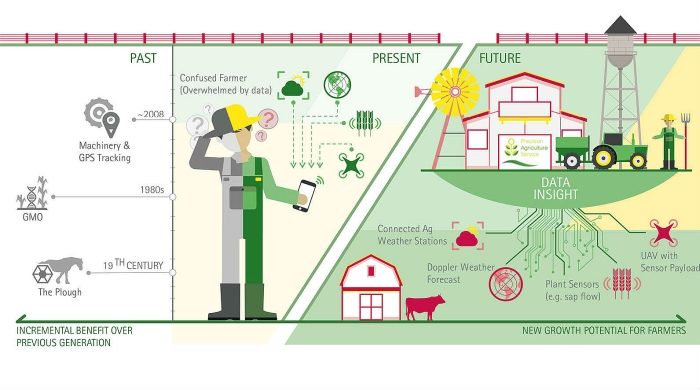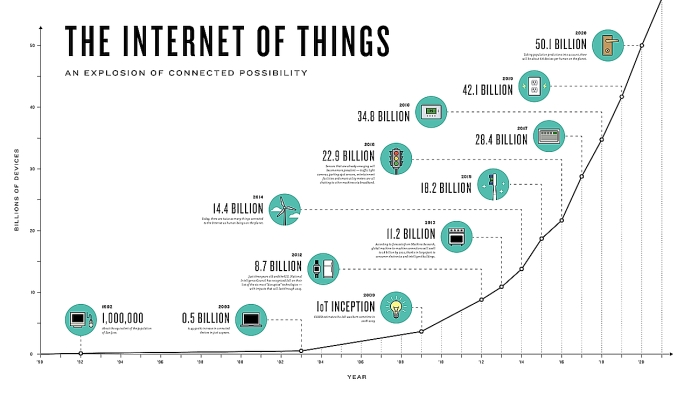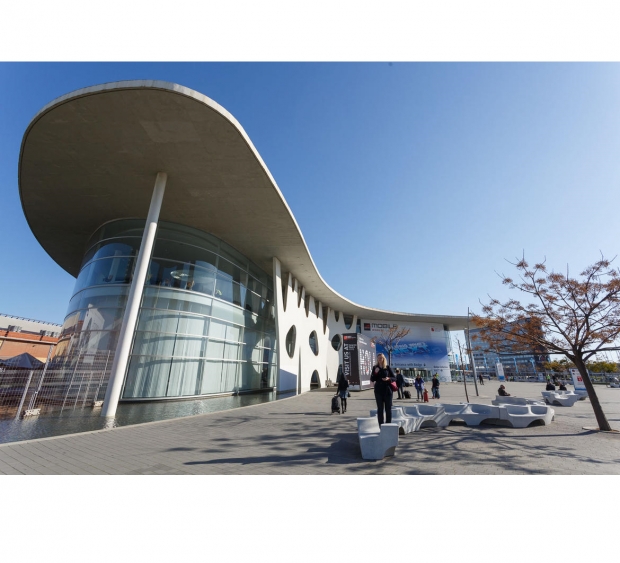On Friday, Intel announced that it had partnered with the two telecom giants over the past three months to conduct an extended coverage trial for Internet-of-Things (IoT) devices using an extension of current GSM wireless technology called low-power wide area (LPWA) for IoT.
Extended Coverage-GSM-IoT, formerly known as EG-EGPRS technology, is a software technique deployed over a very large footprint that allows existing GSM networks to add a coverage extension of about 20dB beyond traditional GSM coverage. The trial by the three companies was performed in Paris between November 2015 and February 2016 using the 900MHz band and showed a seven-fold range improvement for reaching IoT devices and other low-power applications.
More specifically, the partnership trial between Intel, Orange and Ericsson showed the ability to reach deep indoor basements, remote agricultural areas for crop monitoring, and other tricky physical installation points where IoT devices and sensors might be located or scattered about.
Image credit: Accenture.com
“The results of this trial represent a significant step forward for the industry,” said Alain Maloberti, SVP of Orange Labs Networks. “It demonstrates the viability and cost effectiveness of the technology, and paves the way for us to help the IoT ecosystem develop.”
The partners went on to praise how the Extended Coverage-GSM-IoT software technique allows wireless operators to optimize their existing infrastructure without the overhead cost of new radio installations.
In September 2015, Intel partnered with Ericsson and Nokia for the adoption of Narrow-Band LTE (NB-LTE) for the Internet-of-Things market. This wireless technology is an optimized variant of 4G LTE that is well-suited for the IoT devices because of its low cost, power efficiency and ease of use. Intel plans to begin launching NB-LTE products in the first half of 2016 that will enable slimmer form factors and we expect to hear some announcements on the show floor this week at MWC 2016.
Cisco's Internet of Things roadmap, 2009 and beyond. (Larger image here)
“Cellular networks already cover 90 percent of the world’s population so it makes sense to leverage this global footprint to support and drive IoT adoption through the standardization of Narrow-Band LTE,” said Thomas Noren, Vice President and Head of Radio Product Management at Ericsson, in September.
Intel's press conference is Monday at 4:00pm PST
On Monday, February 22nd at 12:15pm CET (3:15am PST), Intel CEO Brian Krzanich and executives from Ericsson and AT&T will give the company's MWC 2016 keynote in Hall 4, Auditorium 1 to discuss 5G LTE, the Internet of Things, important partnerships in the wireless industry, and the future of mobility.
Registration for the show starts Saturday February 20th and Sunday, February 21st at Fira Gran Via, one of the largest and most modern venues in Europe, designed by Japanese architect Toyo Ito. The show itself will take place all week from February 22nd to the 26th, and we expect attendance to possibly outgrow last year’s 93,000 visitors from 200 countries worldwide.




